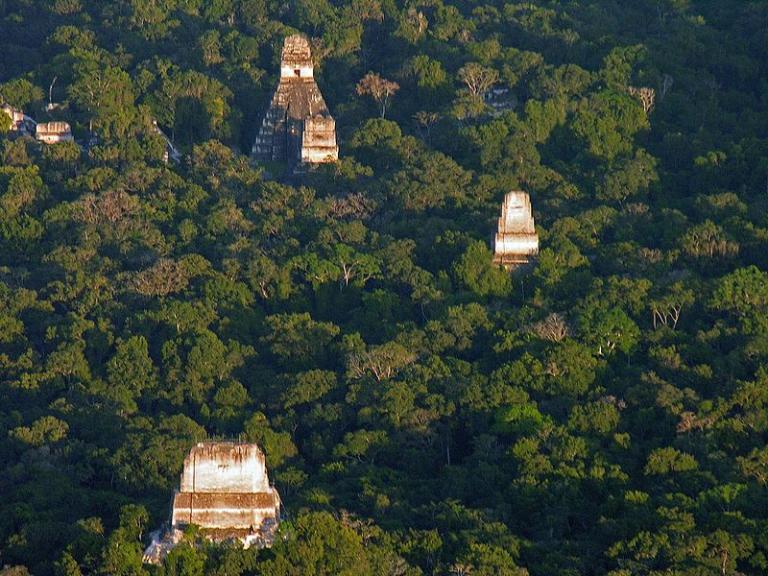
I’m a bit late with the announcement, but — huge surprise! — it’s Friday, and a new article has appeared in Interpreter: A Journal of Mormon Scripture:
“Playing to an Audience: A Review of Revelatory Events”
***
This one is really late, too. But it’s not my fault. The Deseret News was inexplicably very slow in posting my latest column online. However, it’s finally up:
“Are there any good reasons to believe?”
***
Here are some really interesting developments:
Some interesting items of possible relevance to Book of Mormon issues:
“highways connecting urban centers and quarries”
“Virtually all the Mayan cities were connected by causeways wide enough to suggest that they were heavily trafficked and used for trade and other forms of regional interaction. These highways were elevated to allow easy passage even during rainy seasons.”
“And there were many highways cast up, and many roads made, which led from city to city, and from land to land, and from place to place.” (3 Nephi 6:8)
“militarization”
“the ubiquity of defensive walls, ramparts, terraces, and fortresses. ‘Warfare wasn’t only happening toward the end of the civilization,’ said Garrison. ‘It was large-scale and systematic, and it endured over many years.'”
“And behold, the Lamanites have hunted my people, the Nephites, down from city to city and from place to place, even until they are no more; and great has been their fall; yea, great and marvelous is the destruction of my people, the Nephites. And behold, it is the hand of the Lord which hath done it. And behold also, the Lamanites are at war one with another; and the whole face of this land is one continual round of murder and bloodshed; and no one knoweth the end of the war.” (Mormon 8:7-8; ca. AD 400-421)
“10 to 15 million people”
“At its peak in the Maya classic period (approximately A.D. 250–900), the civilization covered an area about twice the size of medieval England, but it was far more densely populated.”
“The whole face of the land had become covered with buildings, and the people were as numerous almost, as it were the sand of the sea.” (Mormon 1:7; ca. AD 321-326)
“After decades of combing through the forests, no archaeologists had stumbled across these sites.”
“And now, they knew not the course they should travel in the wilderness to go up to the land of Lehi-Nephi; therefore they wandered many days in the wilderness, even forty days did they wander.” (Mosiah 7:4)
“And they were lost in the wilderness for the space of many days” (Mosiah 8:8)











